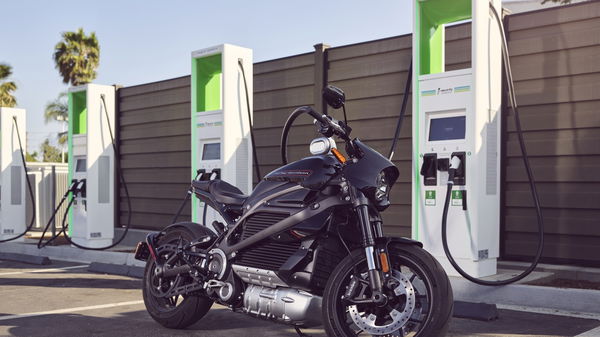Electric vehicle charging stations to be rolled out evenly across US and Europe
In Europe and America, the electrification plans are gathering momentum, as charging stations are set to be added on both sides of the Atlantic.

On both sides of the Atlantic, politicians are beginning to put in place plans to create the infrastructure necessary to support the electrification of transport we are heading towards.
Last week, the European Parliament voted in favour of ending the sales of new combustion vehicles by 2035, and now the European Commission decided, understandably, that infrastructure needs to be improved in order to support the decisions of the European Parliament. In particular, they plan to ensure at least one electric fast charging station every 60km on Europe’s roads by 2025.

That is a major undertaking, considering that three countries - France, Germany and the Netherlands - contain almost three-quarters of Europe’s 220,000+ electric charging stations, but comprise less than one-quarter of Europe’s surface area.
Intertraffic said in 2021 that, between 2010 and 2020, the number of electric cars per charging station had increased from two to 11. Presumably, by the wording, this is not considering electric motorcycles, either, the addition of which would increase the imbalance.

So, with electric vehicles becoming increasingly common, and taking up an increasing proportion of both the two- and four-wheeled markets, this investment by the European Commission in electric charging infrastructure is at least a positive start, even if the numbers discussed might not necessarily completely solve the issue.
A similar problem is faced on the other side of the Atlantic, too, where the US government has just committed $7.5 billion to develop and grow the nation’s public charging network.

Le Repaire des Motards reports that the total number of charging stations that the US is planning to install is 500,000, all of which must have at least four charging terminals of at least 150kW each. Additionally, they must be not more than 1.5km from a motorway, and no more than 80km away from each other.
The intention is to nationalise the electrification of personal transport, rather than leaving some areas lagging behind others, which in this case would somewhat cut them off from the areas with better charging infrastructure. Such infrastructure will also be important for the US’ plans to electrify its emergency services’ response fleets.











